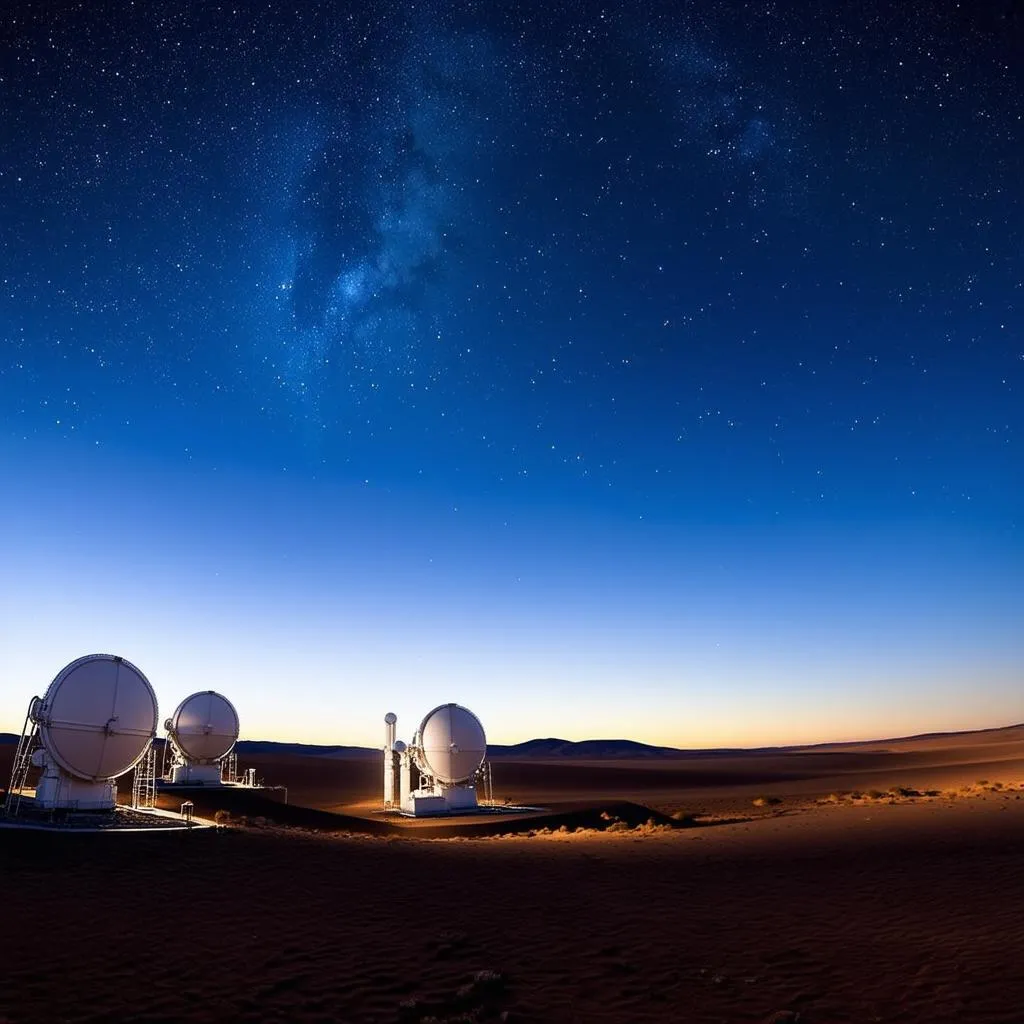Have you ever gazed up at the night sky, mesmerized by the twinkling stars, and wondered just how far away they are? Or perhaps you’ve watched a bolt of lightning streak across the sky and questioned the speed of its brilliant flash? At the heart of these celestial wonders lies a fundamental constant in our universe: the speed of light.
A Cosmic Constant: Defining the Speed of Light
In the vast expanse of space, light reigns supreme as the fastest entity, clocking in at a staggering 299,792,458 meters per second (approximately 186,282 miles per second). This unfathomable speed is more than just a number; it’s a fundamental constant, the very foundation upon which our understanding of the universe rests.
But what does this incredible speed actually mean for us here on Earth?
- Sunlight’s Journey: The warm rays of the sun that nourish our planet actually embarked on their journey to Earth about 8.3 minutes ago. That’s right, the sunlight we feel on our skin is already 8.3 minutes old!
- Lunar Conversations: Imagine trying to have a phone conversation with an astronaut on the moon. Due to the time it takes for light (and therefore radio waves) to travel, there would be a delay of about 2.5 seconds between each question and answer.
- Stargazing Through Time: When you look at distant stars, you’re actually peering back in time. The light from these celestial bodies has traveled for millions, even billions, of years to reach our eyes.
Light Speed and the Universe’s Grand Design
The speed of light isn’t just about how fast photons zip through the cosmos; it’s deeply intertwined with the very fabric of space and time. Einstein’s theory of special relativity revealed that the speed of light is a constant, regardless of the observer’s motion. This revelation revolutionized our understanding of the universe, demonstrating that space and time are not absolute but are relative to the observer’s frame of reference.
Travel at the Speed of Light: A Dream or a Distant Reality?
The idea of traveling at the speed of light has captivated the human imagination for centuries. Imagine being able to journey to distant galaxies, witnessing the birth of stars and exploring the universe’s hidden wonders. While current technology limits us to speeds far slower than light, scientists continue to push the boundaries of physics, exploring concepts like wormholes and warp drives as potential avenues for faster-than-light travel.
 Interstellar Travel
Interstellar Travel
Questions We Ask About Light Speed
- Does light always travel at the same speed? Yes, in a vacuum, the speed of light is constant. However, light can be slowed down when it passes through different mediums, like water or glass. You can learn more about this phenomenon in our article “A Beam of Light Travels Fastest in What Medium?”.
- Can anything travel faster than light? According to our current understanding of physics, nothing can surpass the speed of light. For a deeper dive into this fascinating topic, check out our article “Does Anything Travel Faster Than Light?”.
Travelcar.edu.vn: Your Guide to the Wonders of the Universe and Beyond
Just as the speed of light unveils the vastness of the cosmos, travelcar.edu.vn is your portal to exploring the wonders of our world. Whether you’re dreaming of stargazing in the deserts of Atacama, Chile, or exploring the ancient temples of Angkor Wat in Cambodia, travelcar.edu.vn provides a wealth of information and inspiration to fuel your wanderlust.
 Stargazing in Atacama Desert
Stargazing in Atacama Desert
Start your next adventure with travelcar.edu.vn!
What are your thoughts on the speed of light? Share your comments below!